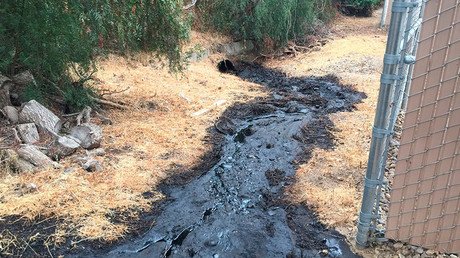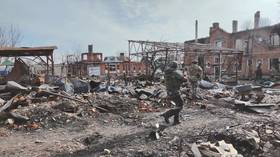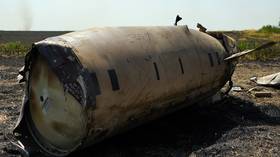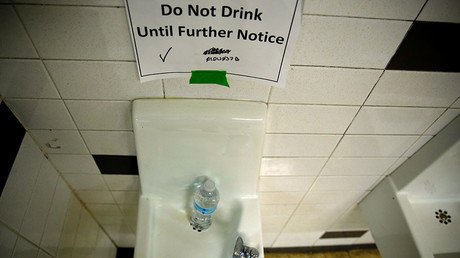EPA issues new rule on chemical accidents, risk management

The US Environmental Protection Agency has unveiled a new rule aimed at preventing accidents at chemical facilities while sharpening emergency response in the event of a chemical release.
Following a 2013 executive order signed by President Barack Obama in response to various accidents at US chemical facilities, the Environmental Protection Agency (EPA) has finished crafting a new rule that seeks "to reduce risks associated with hazardous chemicals to owners and operators, workers, and communities by enhancing the safety and security of chemical facilities." The new rule was signed by EPA Administrator Gina McCarthy on Wednesday.
The new rule adopts changes to the EPA's Risk Management Program (RMP), which applies to facilities such a petrochemical plants that handle "extremely hazardous substances," requiring these facilities to submit an individual Risk Management Plan to the EPA every five years.
The executive order, signed following an explosion at a Texas fertilizer plant that killed 15 people, emphasized "strengthening community planning and preparedness"; "enhancing federal operational coordination"; "improving data management"; and "modernizing policies and regulations."
The EPA fielded more than 60,000 comments on the rule before it finalized the changes. Yet, various stakeholders, including environmental advocates and industry figures, said they were frustrated by the final rule, according to the Center for Public Integrity.
"This rule is a tragic flip flop by President Obama, who previously championed protecting communities by requiring safer chemical processes," Rick Hind, legislative director of Greenpeace USA, told CPI. "We believe history will not judge this flip flop kindly because of the millions of workers and community residents who will not be protected even if it is implemented."
Hind said the rule does not go far enough in protecting workers, leaving it to companies to decide on certain safety measures. Furthermore, the rule was established in a way that could render it dead upon arrival of the incoming Donald Trump administration, he added.
Shannon Broome, a representative for the industry-backed Chemical Safety Advocacy Group, told CPI she believed the EPA rushed the rule and failed to meet with interested parties prior to the end of the comment period.
"They were so determined to get this rule out," Broome said. "It was completely rushed."
Mathy Stanislaus, the EPA’s assistant administrator for the Office of Land and Emergency Management, said the rule is based on "extensive engagement with nearly 1,800 people over the last two and half years."
"These changes are intended to protect the lives of emergency responders and the public, while preserving information security," Stanislaus said in a statement.
In the last 10 years, there have been more than 1,500 accidents reported by RMP facilities, the agency said, which have led to nearly 60 fatalities and around 17,000 people injured or seeking treatment.

















